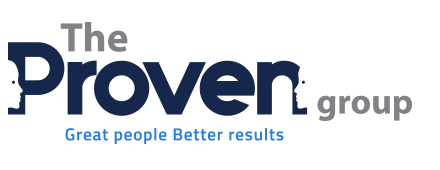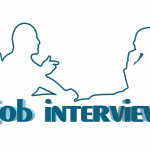Are you selecting the right employee for your company?
What is quite often overlooked when a person is selected for a job, is if they are actually the right fit for what the job requires. Do you or any of your staff feel like you are a square peg attempting to fit into a round hole?
We specialise in working with individuals and teams to determine if a person is the right fit for their job.
A behavioural profiling system such as DISC works well as it determines if the person is the right fit for the job and identifies any training needs. Unlike your personality, you can adapt your behaviour to your job and the environment you work in.
HOW DO YOU APPLY DISC IN YOUR WORKPLACE?
-
Recruitment
Whilst the emphasis on selection is usually focused on fitting the individual to the job, an alternative strategy is to fit the job to the individual. This is known as DISC Job Profiling and consists of a set of phrases where we work with you to select the phrase that Most likely describes the Job Profile, and the phrase that describes it Least likely.
The most simplistic and obvious application of any behavioural modeling tool is in recruitment. This involves profiling the ideal behaviour required for the job, then profiling applicants for the position, and matching the two.
If an individual’s behaviour does not match the required behaviour for the job, it does not mean they cannot do the job, but it does raise questions as to the extent to which they are able and willing to make the adaptation.
Put simply, this system enables an organisation to determine the behavioural demands of the job (DISC Job Profiling) and then match those demands with the behavioural preferences of the candidate (DISC Personal Profile).
Apart from recruitment, because behavioural profiling provides a crystal ball to look into a person’s behavioural characteristics, it has an enormous benefit to those people already working in the organisation.
-
Selection
The behavioural profiling system enables one to optimise the behavioural fit of people to the job both at the time of recruitment, and subsequently once in the role. For example, by understanding the behaviour of a person in the job, one is able to identify training needs and potential for promotion.
-
Training & Development
DISC profiling can be used as the building block for a range of training courses including:
- Promotion and job change
- Selling – adapting to the customer
- Change management
- Effective business planning
- Negotiation
- Understanding company cultures
Onboarding a new employee is often harder than you initially think. Getting it right is an investment of time and effort; an investment well worth making to help set your new team member up for success.
WHAT ARE THE BENEFITS?
DISC profiling offers significant organisational benefits, saving time and money in the processes related to:
Shortlisting
Pre-interview Profiling
Interviewing
Integration
Rejection
Team Building
Redeployment
Addressing specific problems/Conflict Resolution
Career Development
Succession Planning
Performance Management
It is estimated that it costs between one and one and a half times a person’s annual salary to place the wrong candidate into a job. This does not account for the disruption it causes to other team members.
Together with Job Profiling and DISC Behavioural Profiling, many businesses underestimate the importance and value of the Position Description and in many small to medium organisations, they don’t even exist.
When it comes to recruiting, the naive recruiter or hiring manager thinks that their recruitment process centres around running an advert, interviewing and selecting the best candidate. If you really want a successful outcome for your next recruitment process, then you need to take a couple of steps back before launching your advertising.
Recruiting starts with the Position Description. The position description (PD) is integral throughout the entire recruitment process and should be used to guide you from start to finish. It is your roadmap to recruiting success.
The PD will:
– Drive the content of your job advert;
– Drive the criteria you’ll use to shortlist applications for phone interviews and face-to-face interviews;
– Drive the questions you prepare to ask at interview stage;
– Drive the questions that you ask the potential candidate’s referee/s;
– Be useful when it comes to salary benchmarking and working out where the position fits compared to award and market rates.
The PD is invaluable in the on-boarding and transitioning of the employee into your business and the role. It will be key in measuring the candidate’s success in the role.
While it might seem like a time consuming process to develop a PD prior to starting a recruitment process, it will save you time during the process as it will guide you through every stage and keep you on track in ensuring you appoint the right candidate for the right reasons.




